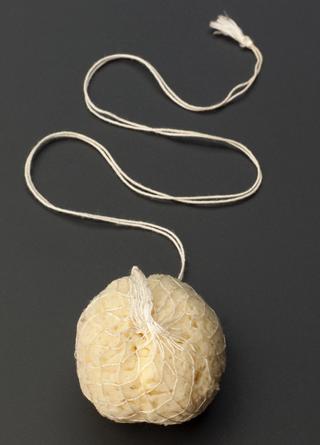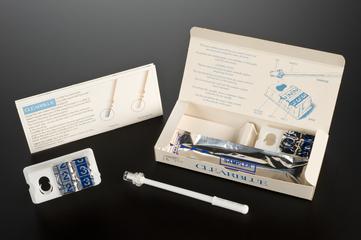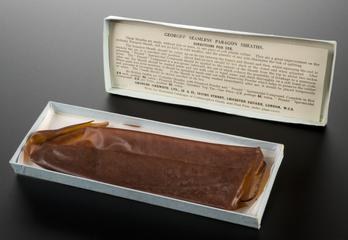




Gold intra-uterine device, wishbone stem pessary
This gold wishbone stem pessary is an intracervical device. It was devised in Germany around 1880. They came into use as a contraceptive towards the end of the 1800s. The flat end of the stem pessary sat against the vaginal wall with a stem protruding into the uterus through the cervix. They prevent pregnancy by stopping a fertilised egg implanting in the lining of the uterus. Stem pessaries were still listed in medical catalogues in the 1930s. However, they were gradually superseded by intrauterine devices (IUDs). These sat completely within the uterus.
Details
- Category:
- Obstetrics, Gynaecology & Contraception
- Collection:
- Sir Henry Wellcome's Museum Collection
- Object Number:
- A641293
- Materials:
- gold
- Measurements:
-
overall: 60 mm 20 mm, .01kg
- type:
- intra-uterine device
- credit:
- de Boer, C.H.




